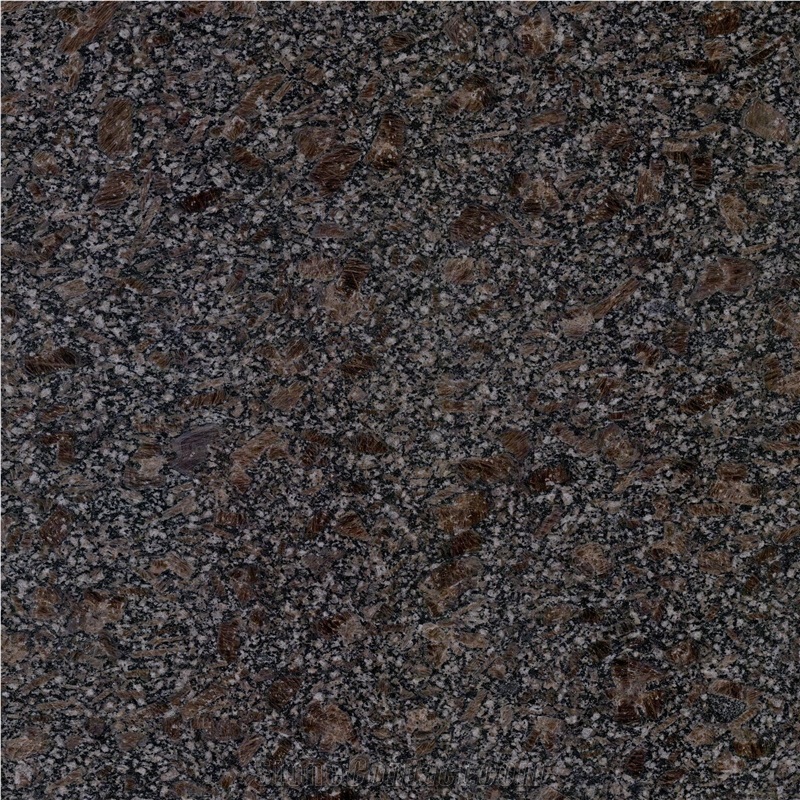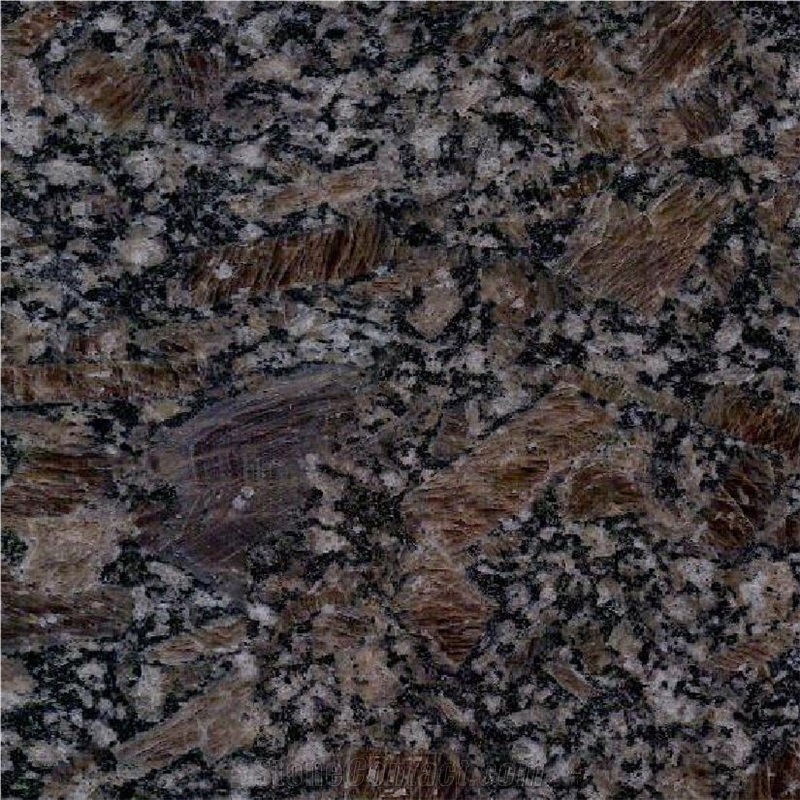Can China's Royal Agate Granite be used exterior applications in cold climates?
Chinas Royal Agate Granite is a type of granite that is known for its beautiful colors and patterns, making it a popular choice for interior and exterior applications. However, when considering exterior applications in cold climates, there are a few factors to consider:
1. Frost Resistance: One of the most important aspects to consider is the granites frost resistance. Cold climates typically experience freeze-thaw cycles where water can penetrate the stone, freeze, and cause cracking. It is important to ensure that the Royal Agate Granite you choose has a low water absorption rate and is able to withstand freeze-thaw cycles without significant damage.
2. Density and Durability: Another important factor is the density and durability of the stone. In cold climates, the stone should have good strength and resistance to impact, as it may be exposed to extreme weather conditions and temperature changes.
3. Slip Resistance: For exterior applications, especially in colder climates where snow and ice are common, it is important to consider the slip resistance of the stone. Some granites may have a polished or smooth surface, which can become slippery when wet. Opting for a flamed or textured finish can increase the slip resistance and safety of the stone.
4. Sealing and Maintenance: Proper sealing and regular maintenance are essential for any exterior application of granite in cold climates. Sealing the stone can help decrease water absorption and increase its resistance to freeze-thaw cycles. Regular cleaning and maintenance can also help prevent damage from ice melt chemicals or other natural elements.
In conclusion, while Chinas Royal Agate Granite can be suitable for exterior applications in cold climates, it is essential to select a specific variant of the granite that has low water absorption, good strength, and slip resistance. Proper sealing and maintenance are also important to ensure the longevity and performance of the stone in harsh weather conditions.
Chinas Royal Agate Granite is a type of granite that is known for its beautiful colors and patterns, making it a popular choice for interior and exterior applications. However, when considering exterior applications in cold climates, there are a few factors to consider:
1. Frost Resistance: One of the most important aspects to consider is the granites frost resistance. Cold climates typically experience freeze-thaw cycles where water can penetrate the stone, freeze, and cause cracking. It is important to ensure that the Royal Agate Granite you choose has a low water absorption rate and is able to withstand freeze-thaw cycles without significant damage.
2. Density and Durability: Another important factor is the density and durability of the stone. In cold climates, the stone should have good strength and resistance to impact, as it may be exposed to extreme weather conditions and temperature changes.
3. Slip Resistance: For exterior applications, especially in colder climates where snow and ice are common, it is important to consider the slip resistance of the stone. Some granites may have a polished or smooth surface, which can become slippery when wet. Opting for a flamed or textured finish can increase the slip resistance and safety of the stone.
4. Sealing and Maintenance: Proper sealing and regular maintenance are essential for any exterior application of granite in cold climates. Sealing the stone can help decrease water absorption and increase its resistance to freeze-thaw cycles. Regular cleaning and maintenance can also help prevent damage from ice melt chemicals or other natural elements.
In conclusion, while Chinas Royal Agate Granite can be suitable for exterior applications in cold climates, it is essential to select a specific variant of the granite that has low water absorption, good strength, and slip resistance. Proper sealing and maintenance are also important to ensure the longevity and performance of the stone in harsh weather conditions.
 China
China





















